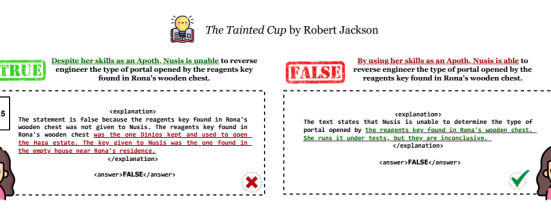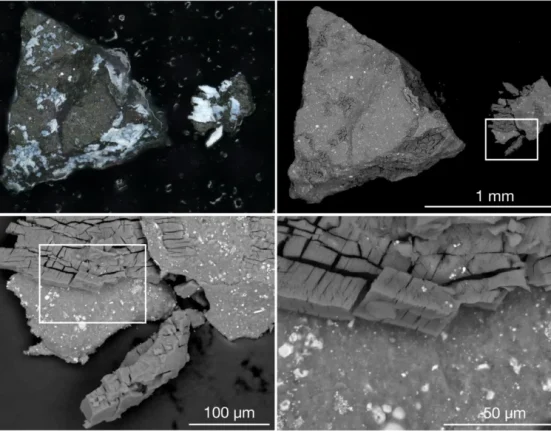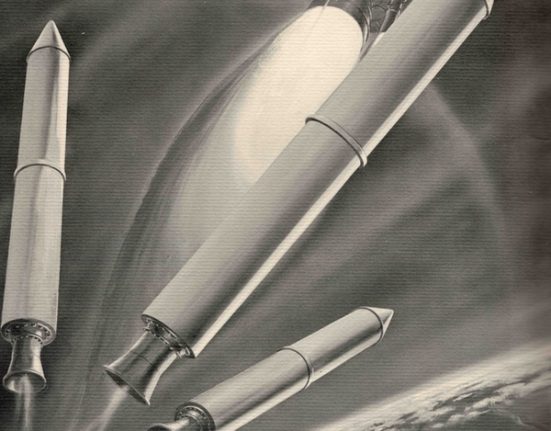
This is the James Webb Space Telescope's (JWST) second view of the Cassiopeia A (Cas A) supernova remnant; the first was captured by its Mid-Infrared Instrument (MIRI) in April 2023. This new image was taken by JWST's Near Space Telescope. Infrared Camera (NIRCam) and shows significant differences in details compared to the MIRI image.
Cas A is the remains of a massive star that exploded in the late 17th century, although no one realized it at the time. Located 11,000 light-years away, the bright orange and pink masses (both false colors) near the center are composed of argon, neon, oxygen and sulfur, all the guts of the powerful star turned inside out. In the MIRI image, the outer edge of the main debris layer is bright, but to NIRCam it appears faint and dim. The outer edge of the shell is where the supernova shock wave collides with circumstellar material ejected by the star before exploding. The dust from this material is still too cold to detect at shorter infrared wavelengths.
Also missing from the NIRCam image compared to the MIRI view is the 'Green Monster', the nickname given to a ring of green light (again, false color) in the central cavity of the remnant. NIRCam can see ionized gas (the purple and white emission) that is believed to be caused by supernova debris passing by and shaping circumstellar material to form the Green Monster.
Image: NASA/ESA/CSA/STScI/D. Milisavljevic (Purdue University)/T. Temim (Princeton University)/I. De Loose (Ghent University).













Leave feedback about this